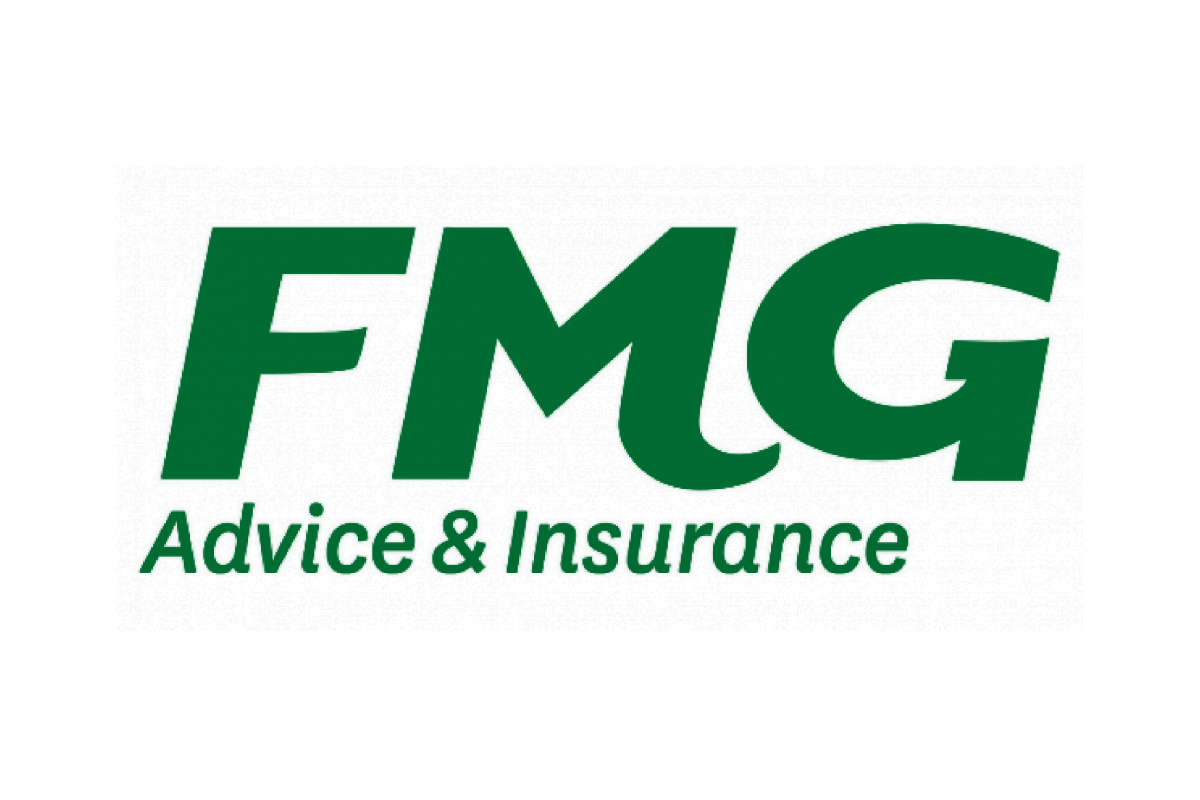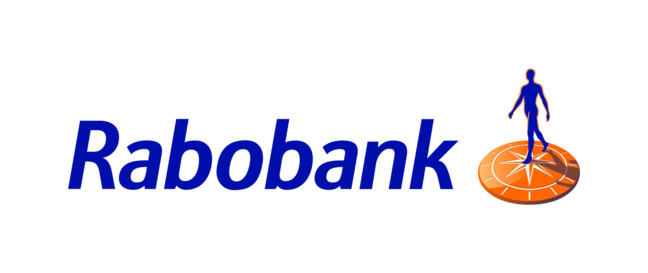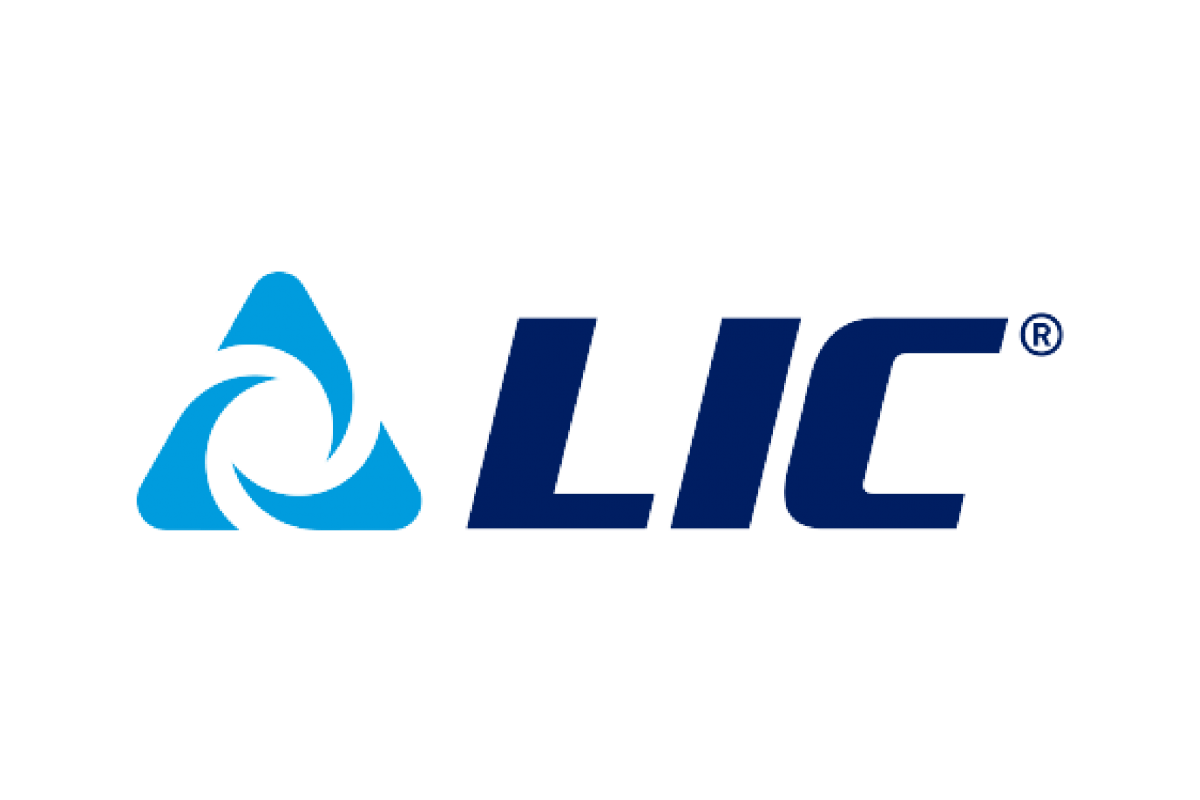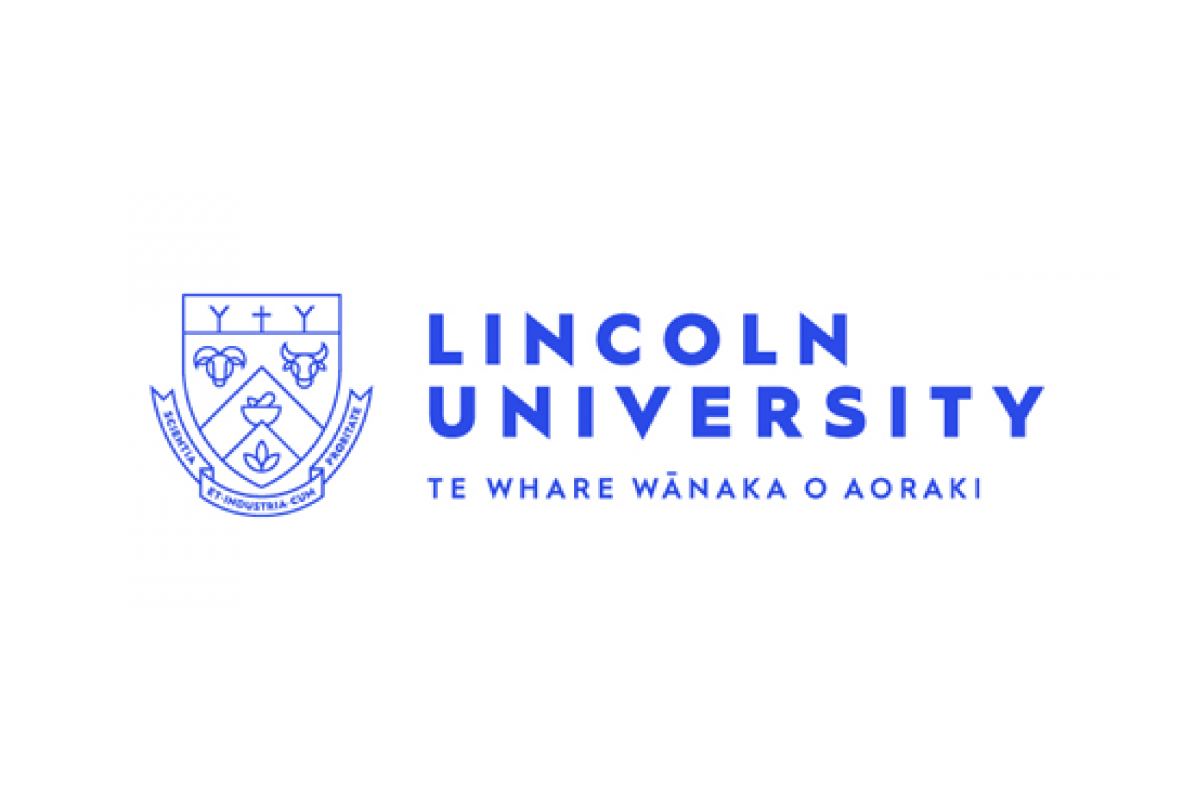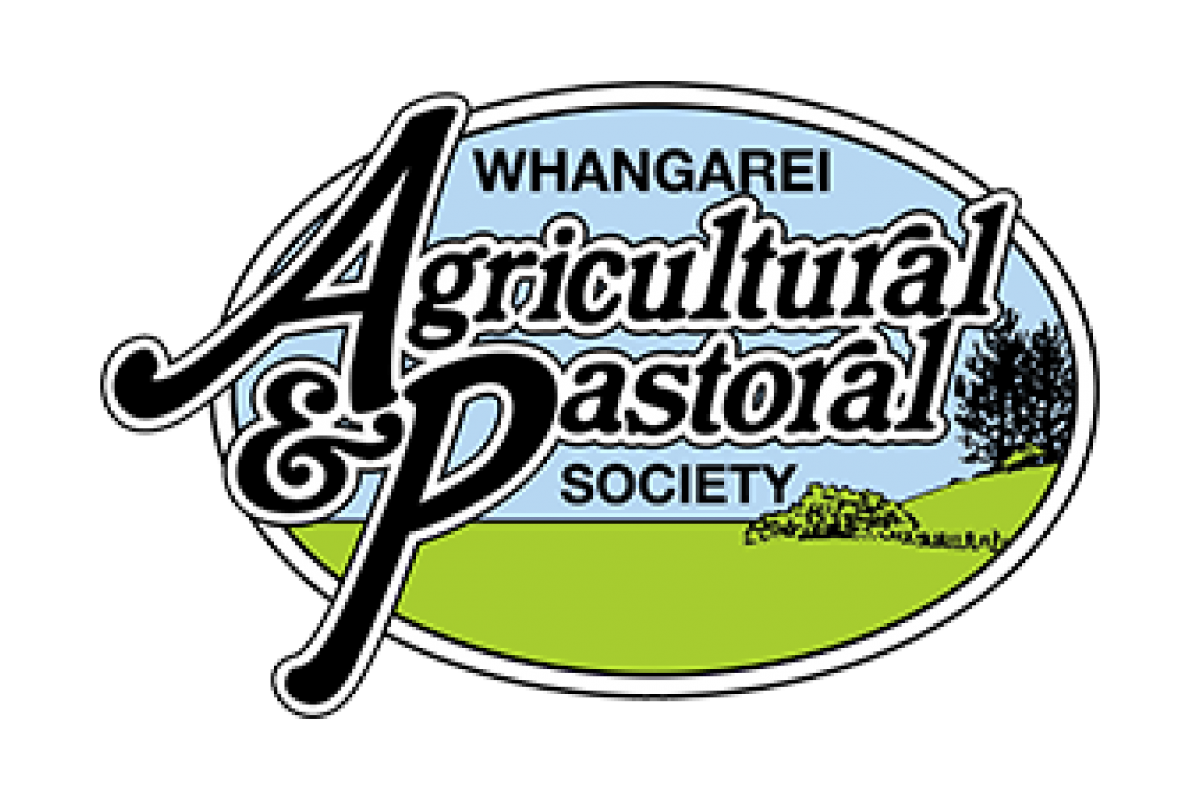Executive Summary
Farming in New Zealand has changed dramatically in the last two decades with 283,700 hectares of land being converted to dairy between 1996 and 2008 (Land Use and Farming Intensity Report, 2013).
The New Zealand dairy system is unique in the respect that it is grass based with supplements and rations making up less than 25% of the diet, unlike other dairy systems throughout the world with comparable production figures, where the cattle are housed for at least a portion of the year and are fed a total mixed ration (TMR).
Milk production both per cow and per hectare, is also increasing (See Figure ) and has resulted in demand for supplementary feeds grown outside the dairy farm gate. Much of this feed is sourced from the arable industry, whether that is from the supply of grains or from the production of winter forage crops.
Given the growth and intensification of agriculture in New Zealand, we are faced with the prospect of more environmental regulation as government seeks to ensure a sustainable future for the environment.
Grass based grazing systems have little opportunity for the capture of nutrients and manure from grazing animals, unlike the housed systems, where effluent is captured and spread onto land, at a time when there is less potential for runoff and leaching.
Arable systems have historically used artificial fertilisers in order to maximise production, however there is the opportunity to utilise the potentially excess nutrients within the dairy systems. This may be by piping liquids from the dairy to the arable farms, but will require the land use types to share the same geographical area in order for the cost of infrastructure to be viable.
The wintering of dairy stock is set to undergo some changes in the near future with regard to land use capabilities and nutrient run-off and the leaching. The off farm wintering is a very integral part of the overall dairy system and allows production to be pushed beyond the capabilities of a self-contained unit. The system again, places pressure on the environment when the cows are fed forage crops in situ with no opportunity to contain nutrients and effluent.
When we look at other systems around the world, a recurring theme is indoor wintering, and the control of the effluent that it brings. We are beginning to see some of these indoor wintering systems introduced in New Zealand, mostly on the dairy platform where there is the opportunity to milk later into the season and increasing milk production which offsets some the cost of infrastructure.
Implementing this system creates the potential for further nutrient overload within the dairy operation as more feed is introduced to the dairy platform; therefore it is only viable if the dairy operation is a self-contained unit.
If the dairy unit is not self-contained and is reliant on the arable farm as a source of feed over winter, the wintering barn or pad may need to be on the farm that the crop is grown in order to maintain the nutrient balance and reduce transport costs. This will however mean some fundamental changes in the cost structures that are currently in use are in order to ensure viability of both businesses and may require some transition period.
With respect to the opportunities for the arable industry to supply feeds better utilised by dairy cows, it appears there has been little work done in that field. The dairy industry in the US and the EU tend to focus on breeding feed efficiency into the animals and sourcing a range of products to formulate the diet required to enhance profitability.
Often products within the diet are by-products of other processes as opposed to a particular crop. This could be distillers grain from ethanol production, almond hulls, or even stale bread which can be sourced in the Netherlands and the UK at a cost cheaper than wheat. There is little scope individually for these crops to be tailored to a particular dairy diet, however when used in a blend, the mix can be adjusted to suit the requirements of the herd or in the individual cow.
The arable industry globally tends to be focused on breeding and agronomic management that allows for better water use efficiency, disease controls and nutrient deficiencies, and more recently the renewable fuels industry. This is wide-ranging and involves ethanol production, bio fuel production and feedstocks for anaerobic digestion. These are important for sustainability of the industry, but if we look at the feed industry there is little focus on the needs of the consumer.
Historically quality testing of feed grains has been related to the pig and poultry industries rather than the dairy industry. This differs from maize silage and other forages which have been selected for bovine animals.
The New Zealand arable industry is particularly innovative and adaptive to change and is well placed to participate in the dairy value chain and to assist with sustainable environmental outcomes.
Synergies between arable and dairy: With a focus on effluent and nutrients – Steve Wilkins




